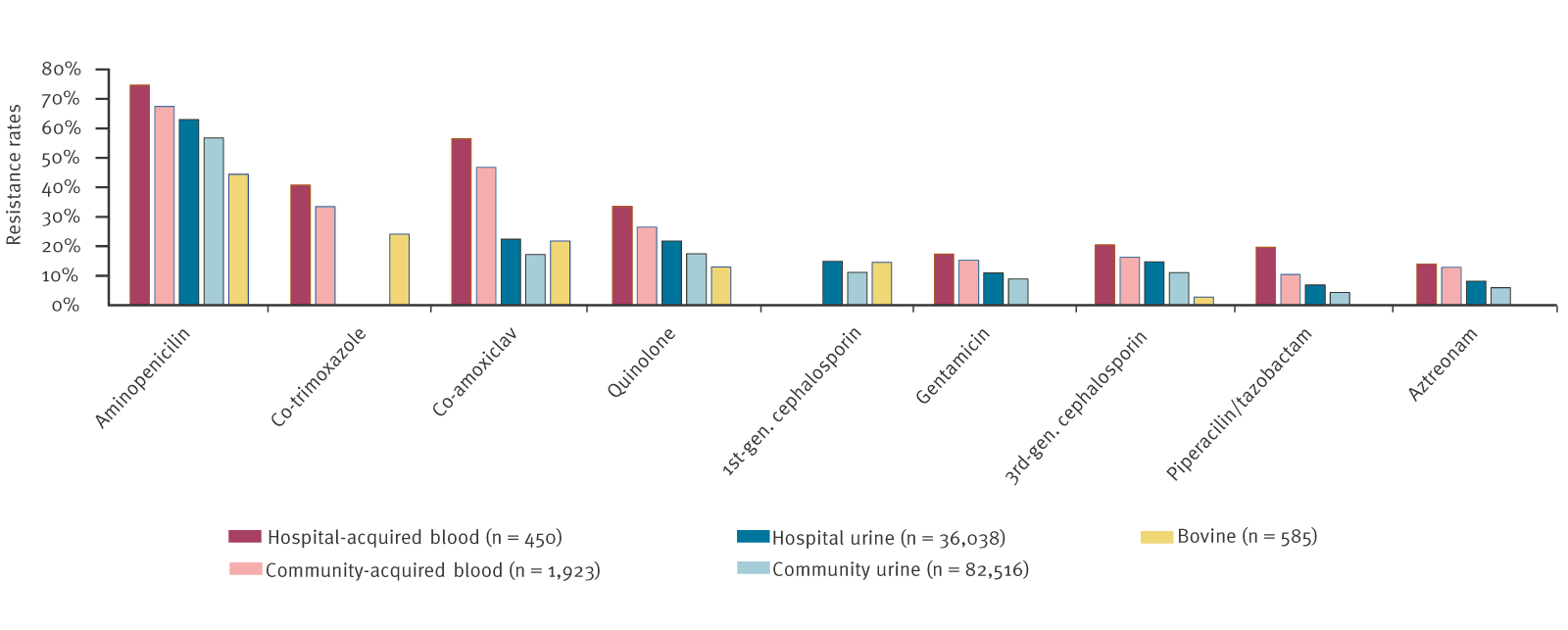2025-06-03 中国科学院(CAS)
<関連情報>
- https://english.cas.cn/newsroom/research_news/life/202506/t20250603_1044933.shtml
- https://www.sciencedirect.com/science/article/abs/pii/S0022096525001110
通常発達している学齢期の児童におけるさまざまな種類の展望記憶を改善するエピソード的未来思考と手がかりの顕著性の効果の比較 Comparing effects of episodic future thinking and cue salience to improve different types of prospective memory in typically developing school-age children
Chen-wei Yuan, Tian-xiao Yang, Sascha Zuber, Xiao-min Su, Fu-sen An, Shuai-biao Li, De-heng Wang, Ya Wang, Raymond C.K. Chan
Journal of Experimental Child Psychology Available online: 23 May 2025
DOI:https://doi.org/10.1016/j.jecp.2025.106305
Highlights
- Salient cues improved event- and time-based prospective memory in children.
- Salient cues changed time monitoring behavior and facilitated automatic retrieval.
- Episodic future thinking method did not improve prospective memory in children.
- Cue-salience method was more effective than episodic future thinking method.
- Children with lower shifting abilities displayed larger benefit from salient cues.
Abstract
Prospective memory (PM) enables children to remember future intentions and is central to their development. Yet, school-age children face difficulties with remembering planned or assigned tasks and it is therefore crucial to uncover the methods for improving their PM performance. The present study examined the effects of two prominent methods – encoding PM tasks through episodic future thinking (EFT) versus increasing the salience of PM cues – in improving event- and time-based PM of school-age children. In two experiments, 8–12 year-old children (N = 126 and 126 respectively) completed three PM tasks and tasks tapping working memory, inhibition and shifting ability. Children were randomly assigned to the standard PM instruction group, the EFT group, or the cue salience group. In Experiment 1 (event-based PM), the cue salience group outperformed the other two groups in two computer-based PM tasks but not in a more naturalistic PM task. In Experiment 2 (time-based PM), the cue salience group outperformed the other two groups in all PM tasks, and this did not impair ongoing task performance and the cue salience group monitored the time less frequently. Moreover, children with lower shifting abilities showing larger benefits of salient cues on time-based PM. In both experiments, the EFT and standard groups had similar PM performance. These findings suggest that salient PM cues can improve event- and time-based PM in school-age children whereas EFT may not improve PM performance compared to standard encoding. Future research should investigate children’s ability to voluntarily set salient cues for completing daily PM tasks.



